
 Architecture
Architecture
 England
England
 Eurovision Song Contest,ESC
Eurovision Song Contest,ESC

 Financial
***Global Financial Center
Financial
***Global Financial Center
 UEFA European Championship 2020
UEFA European Championship 2020

 History
N 2000 - 2100 AD
History
N 2000 - 2100 AD

 History
M 1500 - 2000 AD
History
M 1500 - 2000 AD

 International cities
***Global Urban Economic Competitiveness
International cities
***Global Urban Economic Competitiveness
 ITU World Championship Series
ITU World Championship Series

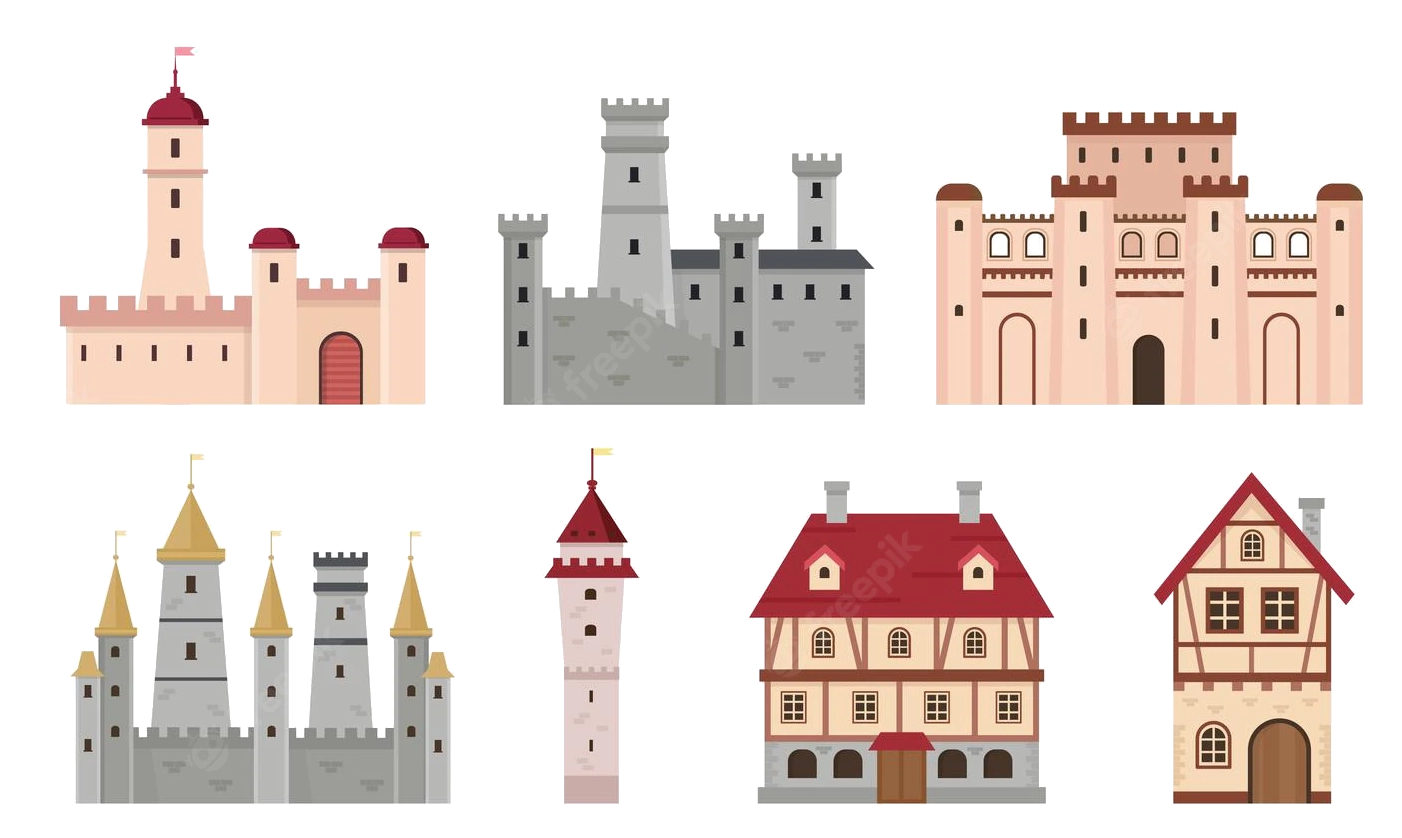 Medieval cities in Europe
Medieval cities in Europe
 Olympic Summer Games
Olympic Summer Games
 1908 Summer Olympics
1908 Summer Olympics
 1944 Summer Olympics
1944 Summer Olympics
 1948 Summer Olympics
1948 Summer Olympics
 2012 Summer Olympics
2012 Summer Olympics
 Silk road
Silk road

 Sport
Sport

 Sport
Triathlon
Sport
Triathlon
 United Kingdom
United Kingdom

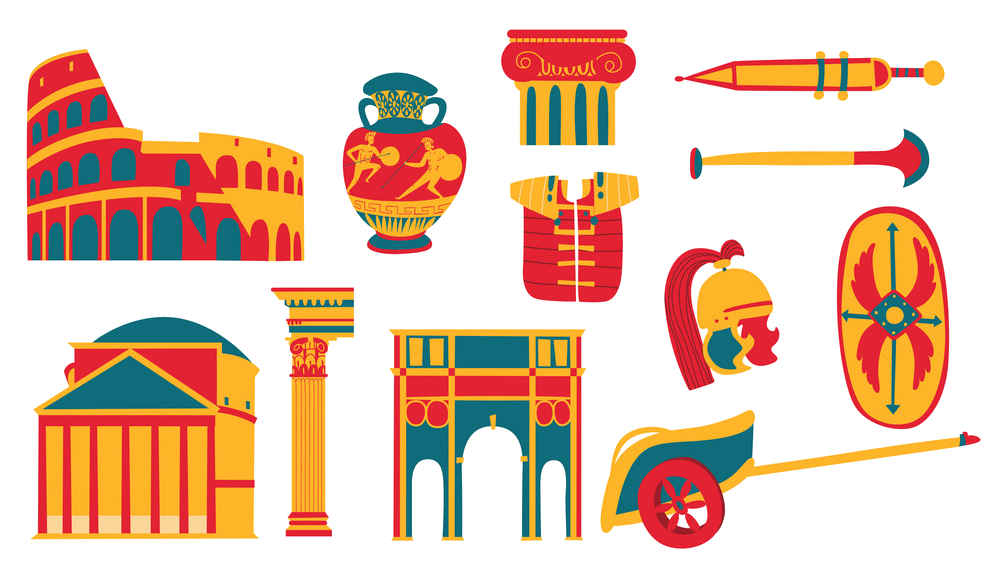 Cities founded by the Romans
Cities founded by the Romans

 World Heritage
World Heritage

 Important port
Important port
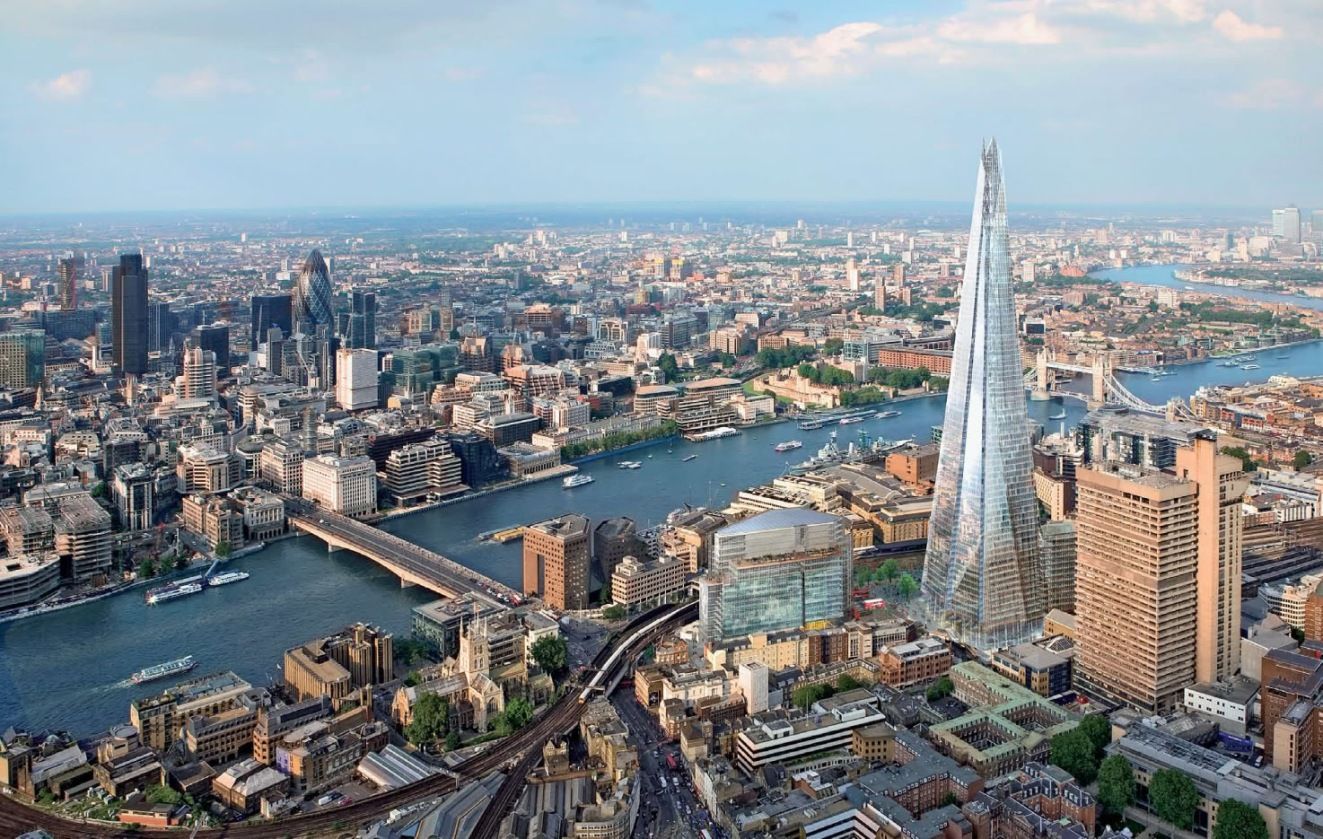
伦敦(英语:London;![]() i/ˈlʌndən/)[3]是英国的首都,也是英国和欧洲最大的城市[4]。位于泰晤士河流域,于公元50年由罗马人建立,取名为伦蒂尼恩,在此后两个世纪内为这一地区最重要的定居点之一[5]。伦敦的历史核心区伦敦城仍旧维持其中世纪的界限,面积1.12平方英里(2.9平方千米),2011年人口为8,072,为全英格兰最小的城市。自19世纪起,“伦敦”一称亦用于指称围绕这一核心区开发的周围地带[6]。这一城区集合构成大伦敦行政区(与伦敦区覆盖区域相同)[7][8],由伦敦市长及伦敦议会管辖[9][注 1]。
i/ˈlʌndən/)[3]是英国的首都,也是英国和欧洲最大的城市[4]。位于泰晤士河流域,于公元50年由罗马人建立,取名为伦蒂尼恩,在此后两个世纪内为这一地区最重要的定居点之一[5]。伦敦的历史核心区伦敦城仍旧维持其中世纪的界限,面积1.12平方英里(2.9平方千米),2011年人口为8,072,为全英格兰最小的城市。自19世纪起,“伦敦”一称亦用于指称围绕这一核心区开发的周围地带[6]。这一城区集合构成大伦敦行政区(与伦敦区覆盖区域相同)[7][8],由伦敦市长及伦敦议会管辖[9][注 1]。
伦敦亦是一个全球城市[10][11],名列纽伦港世界三大国际都会之一。[12]在文艺、商业、教育、娱乐、时尚、金融、健康、媒体、专业服务、研究与发展、旅游和交通方面都具有显著的地位[13][14][15][16],同时还是全球主要金融中心之一[17][18][19],根据计算方式不同,为全球国内生产总值第五或第六大的都市区[注 2][20][21]。伦敦亦是全球文化首都之一[22][23][24][25],还是全球国际访客数量最多的城市[26],根据客流量计算则拥有全球最为繁忙的城市机场系统[27]。伦敦拥有43所大学,其高等教育机构密集度在全欧洲最高[28]。2012年,伦敦成为史上首座三次举办现代夏季奥林匹克运动会的城市[29]。
伦敦的人口和文化十分多样,在大伦敦地区内使用的语言就超过300种[30]。这一区域2015年的官方统计人口为8,673,713[2],为欧盟中最大城市[31],人口占全英国的12.5%[32]。伦敦的城市区为欧盟第二大,根据2011年普查其人口达到9,787,426,仅次于巴黎[33]。其都市区为欧洲最大,人口达13,614,409[注 3][34],而大伦敦政府则称伦敦都市区的总人口为2,100万[35]。1831年至1925年间,伦敦为世界最大的城市[36]。
有四项世界遗产位于伦敦,分别为:伦敦塔;邱园;威斯敏斯特宫、威斯敏斯特教堂和圣玛格丽特教堂;以及格林尼治历史区(其中的皇家天文台为本初子午线、0°经线和格林尼治标准时间所经之地)[37]。其他著名景点包括白金汉宫、伦敦眼、皮卡迪利圆环、圣保罗座堂、伦敦塔桥、特拉法加广场和碎片大厦。伦敦亦是诸多博物馆、画廊、图书馆、体育运动及其他文化机构的所在地,包括大英博物馆、国家美术馆、泰特现代艺术馆、大英图书馆以及40家西区剧院[38]。伦敦地铁是全球最古老的地下铁路网络[39][40]。
London (deutsche Aussprache [ˈlɔndɔn], englische Aussprache [ˈlʌndən]) ist die Hauptstadt des Vereinigten Königreichs und des Landesteils England. Die Stadt liegt an der Themse in Südostengland auf der Insel Großbritannien. Das heutige Verwaltungsgebiet mit den insgesamt 33 Stadtbezirken entstand 1965 mit der Gründung von Greater London. Dort lebten 2016 rund 8,8 Millionen Menschen, davon rund 3,3 Millionen in den 13 Stadtbezirken von Inner London.[2] London ist damit die bevölkerungsreichste Stadt der Europäischen Union sowie mit rund 14 Millionen Menschen in der London Metropolitan Area noch vor Paris (12,1 Millionen Einwohner) die größte Metropolregion der EU.[3]
Im Jahre 50 n. Chr. von den Römern als Siedlung „Londinium“ gegründet, wurde die Stadt nach der normannischen Eroberung 1066 zur Hauptstadt des Königreichs England und in Folge Sitz des britischen Königshauses. Bereits im Mittelalter wurde London zu einem bedeutenden Handelsplatz in Europa. Unter der Herrschaft von Elisabeth I. im 16. Jahrhundert stieg ihre Bedeutung als Hafenstadt der Nordsee. Durch den Beginn der Industrialisierung im 18. Jahrhundert wuchs auch die Bevölkerung Londons, sodass die Stadt um 1800 als eine der ersten die Grenze von einer Million Einwohnern überstieg. Bis 1900 versechsfachte sich die Bevölkerung und London wurde im 19. Jahrhundert nicht nur zur Hauptstadt des Britischen Weltreiches, sondern überdies zur größten Stadt der Welt, die sie bis 1925 blieb. Sie entwickelte sich zu einer bedeutenden Stadt der Technik und Industrie sowie der Politik, womit sie bis heute zu den Weltstädten zählt.
London ist gegenwärtig eines der bedeutendsten Kultur- und Handelszentren der Welt mit zahlreichen Universitäten, Hochschulen, Theatern und Museen. Die Stadt zählt außerdem neben New York, Singapur und Hong Kong zu den größten Finanzplätzen der Welt.[4] Historische Gebäude wie der Palace of Westminster oder Tower of London zählen unter anderen zum UNESCO-Weltkulturerbe. Mit jährlich über 19 Millionen Touristen aus dem Ausland ist London 2016 nach Bangkok die meistbesuchte Stadt weltweit und hat somit mehr Besucher als Paris.[5]
ロンドン(英語: London [ˈlʌndən] (![]() 音声ファイル))はグレートブリテンおよび北アイルランド連合王国およびこれを構成するイングランドの首都。イギリスやヨーロッパ域内で最大の都市圏を形成している。ロンドンはテムズ川河畔に位置し、2,000年前のローマ帝国によるロンディニウム創建が都市の起源である[4]。ロンディニウム当時の街の中心部は、現在のシティ・オブ・ロンドン(シティ)に当たる地域にあった。シティの市街壁内の面積は約1平方マイルあり、中世以来その範囲はほぼ変わっていない。少なくとも19世紀以降、「ロンドン」の名称はシティの市街壁を越えて開発が進んだシティ周辺地域をも含めて用いられている[5]。ロンドンは市街地の大部分はコナベーションにより形成されている[6]。ロンドンを管轄するリージョンであるグレーター・ロンドンでは[7]、選挙で選出されたロンドン市長とロンドン議会により統治が行われている[8]。
音声ファイル))はグレートブリテンおよび北アイルランド連合王国およびこれを構成するイングランドの首都。イギリスやヨーロッパ域内で最大の都市圏を形成している。ロンドンはテムズ川河畔に位置し、2,000年前のローマ帝国によるロンディニウム創建が都市の起源である[4]。ロンディニウム当時の街の中心部は、現在のシティ・オブ・ロンドン(シティ)に当たる地域にあった。シティの市街壁内の面積は約1平方マイルあり、中世以来その範囲はほぼ変わっていない。少なくとも19世紀以降、「ロンドン」の名称はシティの市街壁を越えて開発が進んだシティ周辺地域をも含めて用いられている[5]。ロンドンは市街地の大部分はコナベーションにより形成されている[6]。ロンドンを管轄するリージョンであるグレーター・ロンドンでは[7]、選挙で選出されたロンドン市長とロンドン議会により統治が行われている[8]。
ロンドンは屈指の世界都市として、芸術、商業、教育、娯楽、ファッション、金融、ヘルスケア、メディア、専門サービス、調査開発、観光、交通といった広範囲にわたる分野において強い影響力がある[9]。また、ニューヨークと並び世界をリードする金融センターでもあり[10][11][12]、2009年時点の域内総生産は世界第5位で、欧州域内では最大である[13]。世界的な文化の中心でもある[14][15][16][17]。ロンドンは世界で最も来訪者の多い都市であり[18]、単一の都市圏としては世界で最も航空旅客数が多い[19]。欧州では最も高等教育機関が集積する都市であり、ロンドンには大学が43校ある[20]。2012年のロンドンオリンピック開催に伴い、1908年、1948年に次ぐ3度目のオリンピック開催となり、同一都市としては史上最多となる[21]。
ロンドンは文化的な多様性があり、300以上の言語が使われている[22]。2011年3月時点のロンドンの公式の人口は817万4,100人であり、欧州の市域人口では最大で[23][24]、イギリス国内の全人口の12.7%を占めている[25]。グレーター・ロンドンの都市的地域は、パリの都市的地域に次いで欧州域内で第2位となる8,278,251人の人口を有し[26]、ロンドンの都市圏の人口は1200万人[27]から1400万人[28]に達し、欧州域内では最大である。ロンドンは1831年から1925年にかけて、世界最大の人口を擁する都市であった[29]。2012年にマスターカードが公表した統計によると、ロンドンは世界で最も外国人旅行者が訪れる都市である[30]。
イギリスの首都とされているが、他国の多くの首都と同様、ロンドンの首都としての地位を明示した文書は存在しない[31]。
London (/ˈlʌndən/ (![]() listen) LUN-dən) is the capital and most populous city of England and the United Kingdom.[8][9] Standing on the River Thames in the south east of the island of Great Britain, London has been a major settlement for two millennia. It was founded by the Romans, who named it Londinium.[10] London's ancient core, the City of London, largely retains its 1.12-square-mile (2.9 km2) medieval boundaries. Since at least the 19th century, "London" has also referred to the metropolis around this core, historically split between Middlesex, Essex, Surrey, Kent and Hertfordshire,[11][12][13] which today largely makes up Greater London,[14][15][note 1] a region governed by the Mayor of London and the London Assembly.[16][note 2][17]
listen) LUN-dən) is the capital and most populous city of England and the United Kingdom.[8][9] Standing on the River Thames in the south east of the island of Great Britain, London has been a major settlement for two millennia. It was founded by the Romans, who named it Londinium.[10] London's ancient core, the City of London, largely retains its 1.12-square-mile (2.9 km2) medieval boundaries. Since at least the 19th century, "London" has also referred to the metropolis around this core, historically split between Middlesex, Essex, Surrey, Kent and Hertfordshire,[11][12][13] which today largely makes up Greater London,[14][15][note 1] a region governed by the Mayor of London and the London Assembly.[16][note 2][17]
London is one of the leading global cities[18][19] in the arts, commerce, education, entertainment, fashion, finance, healthcare, media, professional services, research and development, tourism and transportation.[20][21][22] It is the world's largest financial centre[23][24][25][26] and has the fifth or sixth largest metropolitan area GDP in the world.[note 3][27][28] London is often regarded as a world cultural capital.[29][30][31] It is the world's most-visited city as measured by international arrivals[32] and has the world's largest city airport system measured by passenger traffic.[33] It is the world's leading investment destination,[34][35][36][37] hosting more international retailers[38][39] and ultra high-net-worth individuals[40][41] than any other city. London's universities form the largest concentration of higher education institutes in Europe.[42] In 2012, London became the first city to have hosted the modern Summer Olympic Games three times.[43]
London has a diverse range of people and cultures, and more than 300 languages are spoken in the region.[44] Its estimated mid-2016 municipal population (corresponding to Greater London) was 8,787,892,[4] the largest of any city in the European Union[45] and accounting for 13.4% of the UK population.[46] London's urban area is the second most populous in the EU, after Paris, with 9,787,426 inhabitants at the 2011 census.[47] The city's metropolitan area is the most populous in the EU with 14,040,163 inhabitants in 2016,[note 4][3] while the Greater London Authority states the population of the city-region (covering a large part of the south east) as 22.7 million.[48][49] London was the world's most populous city from around 1831 to 1925.[50]
London contains four World Heritage Sites: the Tower of London; Kew Gardens; the site comprising the Palace of Westminster, Westminster Abbey, and St Margaret's Church; and the historic settlement of Greenwich (in which the Royal Observatory, Greenwich defines the Prime Meridian, 0° longitude, and GMT).[51] Other landmarks include Buckingham Palace, the London Eye, Piccadilly Circus, St Paul's Cathedral, Tower Bridge, Trafalgar Square and The Shard. London is home to numerous museums, galleries, libraries, sporting events and other cultural institutions, including the British Museum, National Gallery, Natural History Museum, Tate Modern, British Library and West End theatres.[52] The London Underground is the oldest underground railway network in the world.
Londres (prononcé [lɔ̃dʁ] ; en anglais London [ˈlʌn.dən]), située dans le Sud-Est de la Grande-Bretagne, est la capitale et la plus grande ville de l'Angleterre et du Royaume-Uni. Longtemps capitale de l'Empire britannique, elle est désormais le siège du Commonwealth of Nations.
Fondée il y a presque 2 000 ans par les Romains sous le nom de Londinium, Londres était au XIXe siècle la ville la plus peuplée du monde. Bien que largement dépassée dans ce domaine par de nombreuses mégapoles, elle reste une métropole de tout premier plan1, en raison de son rayonnement et de sa puissance économique, dû notamment à sa place de premier centre financier mondial2. Londres se place dans la triade des grands centres financiers du monde, avec New York et Hong Kong, en étant la principale place bancaire et financière d'Europe. Cette trilogie est appelée par les médias anglophones « Nylonkong »3.
La région de Londres, composée de l'Inner London et de l'Outer London, comptait environ 8 673 000 habitants en 2015 et réalise un cinquième du produit intérieur brut du Royaume-Uni4. En 2015, l'aire urbaine de Londres comptait 9 787 426 habitants et son aire métropolitaine 12 317 800 habitants. En Europe, seules les agglomérations de Moscou, Istanbul et Paris5 ont un poids démographique comparable. Ses habitants s'appellent les Londoniens (en anglais : Londoners).
Londres, la seule ville du monde à ce jour à avoir organisé trois fois les Jeux olympiques (1908, 1948, 2012), est dynamique et très diverse sur le plan culturel. Elle joue un rôle important dans l'art et dans la mode. Elle reçoit 28 millions de touristes par an et compte quatre sites inscrits au patrimoine mondial ainsi que de nombreux monuments emblématiques : le palais de Westminster, le Tower Bridge, la tour de Londres, l'abbaye de Westminster, le palais de Buckingham, Big Ben ainsi que des institutions renommées comme le British Museum ou la National Gallery.
Londra (AFI: [ˈlondra];[2] in inglese britannico: London, [ˈlʌndən][3]) è la capitale e maggiore città dell'Inghilterra e del Regno Unito, con i suoi 8 825 000 abitanti.
La sua estensione territoriale la rende la terza città più estesa d'Europa, preceduta da Mosca e Istanbul e seguita da Roma e Berlino, ed è stata la città più popolata dell'Unione europea sino all'uscita del Regno Unito dall'Unione nota come Brexit. L'area metropolitana conta infatti circa 14 milioni di residenti e si estende per svariate decine di chilometri lungo la valle del Tamigi, fino al suo enorme estuario. Molti degli abitanti, chiamati londinesi (Londoners), provengono dall'estero o sono di origine straniera, risultando così una delle città più cosmopolite e multietniche del mondo. Londra è stata la capitale indiscussa dell'Impero britannico, e quindi meta di flussi migratori durante e soprattutto dopo la fine dell'era coloniale.
Ha il più elevato PIL fra tutte le città europee, ed il quinto al mondo.[4] I suoi sei aeroporti internazionali ne fanno il più grande snodo del traffico aereo globale; è anche sede del più antico sistema di metropolitana del mondo, la London Underground (The Tube). È la seconda città più visitata al mondo dal turismo internazionale, dopo Bangkok in Asia.[5]
A Londra hanno sede numerose istituzioni, organizzazioni e società internazionali. Vi si trovano importanti musei, teatri e sale da concerto; la città contiene quattro patrimoni dell'umanità. Inoltre, vi risiede stabilmente il monarca del Regno Unito presso Buckingham Palace ed il parlamento; il primo ministro occupa l'abitazione al 10 Downing Street. Per tutte le caratteristiche elencate, Londra conquista il titolo di Città globale, classificandosi come l'unica città britannica nella lista delle Città Mondiali Alfa[6].
Dal 2000, con le riforme volute dal governo di Tony Blair, Londra è amministrata secondo una speciale legislazione sui generis[7] che determina e coordina i poteri della superiore Autorità della Grande Londra, composta dal Sindaco e dall'Assemblea di Londra, con quelli di 33 borghi londinesi a livello inferiore.[8]
Londres (London en inglés, ![]() ˈlʌndən (?·i)) es la capital y mayor ciudad de Inglaterra y del Reino Unido.23 Situada a orillas del río Támesis, Londres es un importante asentamiento humano desde que fue fundada por los romanos con el nombre de Londinium hace casi dos milenios.4 El núcleo antiguo de la urbe, la City de Londres, conserva básicamente su perímetro medieval de una milla cuadrada. Desde el siglo XIX el nombre «Londres» también hace referencia a toda la metrópolis desarrollada alrededor de este núcleo.5 El grueso de esta conurbación forma la región de Londres y el área administrativa del Gran Londres,6 gobernado por el alcalde y la asamblea de Londres.7
ˈlʌndən (?·i)) es la capital y mayor ciudad de Inglaterra y del Reino Unido.23 Situada a orillas del río Támesis, Londres es un importante asentamiento humano desde que fue fundada por los romanos con el nombre de Londinium hace casi dos milenios.4 El núcleo antiguo de la urbe, la City de Londres, conserva básicamente su perímetro medieval de una milla cuadrada. Desde el siglo XIX el nombre «Londres» también hace referencia a toda la metrópolis desarrollada alrededor de este núcleo.5 El grueso de esta conurbación forma la región de Londres y el área administrativa del Gran Londres,6 gobernado por el alcalde y la asamblea de Londres.7
Londres es una ciudad global, uno de los centros neurálgicos en el ámbito de las artes, el comercio, la educación, el entretenimiento, la moda, las finanzas, los medios de comunicación, la investigación, el turismo o el transporte.8 Es el principal centro financiero del mundo91011 y una de las áreas metropolitanas con mayor PIB.1213 Londres es también una capital cultural mundial,14151617 la ciudad más visitada considerando el número de visitas internacionales18 y tiene el mayor sistema aeroportuario del mundo según el tráfico de pasajeros.19 Asimismo, las 43 universidades de la ciudad conforman la mayor concentración de centros de estudios superiores de toda Europa.20 En el año 2012 Londres se convirtió en la única ciudad en albergar la celebración de tres Juegos Olímpicos de Verano.21
En esta ciudad multirracial convive gente de un gran número de culturas que hablan más de trescientos idiomas distintos.22 La Autoridad del Gran Londres estima que en 2015 la ciudad tiene 8,63 millones de habitantes,23 una cifra que la convierte en el municipio más poblado de la Unión Europea y que supone el 12,5 % del total de habitantes del Reino Unido.24 El área urbana del Gran Londres, con 10 470 00025 habitantes, es la segunda más grande de Europa, pero su área metropolitana, con una población estimada de entre 12 y 14 millones,2627 es la mayor del continente. Desde 1831 a 1925 Londres, como capital del Imperio británico, fue la ciudad más poblada del mundo.28
Londres cuenta con cuatro enclaves declarados Patrimonio de la Humanidad: la Torre de Londres, el Real Jardín Botánico de Kew, el sitio formado por el Palacio, la Abadía de Westminster, la Iglesia de Santa Margarita y Greenwich (donde se encuentra el Real Observatorio que marca el meridiano de Greenwich y el tiempo medio).29 Otros lugares famosos de la ciudad son el Palacio de Buckingham, el London Eye, Piccadilly Circus, la Catedral de San Pablo, el Puente de la Torre o Trafalgar Square. Londres cuenta también con numerosos museos, galerías de arte, bibliotecas, eventos deportivos y otras instituciones culturales como el Museo Británico, la National Gallery, la Tate Modern, la Biblioteca Británica y los cuarenta teatros del West End.30 El metro de Londres, que en 2013 cumplió 150 años, es el más antiguo del mundo.3132
Ло́ндон (англ. London [ˈlʌndən] ![]() слушать) — столица и крупнейший город Соединённого Королевства Великобритании и Северной Ирландии. Административно образует регион Англии Большой Лондон, разделённый на 33 самоуправляемых территории. Население составляет 8,6 млн человек (2015 год) — это третий[2] по величине город Европы. Образует агломерацию Большой Лондон и более обширный метрополитенский район. Расположен на юго-востоке острова Великобритания, на равнине в устье Темзы, вблизи Северного моря. Главный политический, экономический и культурный центр Соединённого Королевства.
слушать) — столица и крупнейший город Соединённого Королевства Великобритании и Северной Ирландии. Административно образует регион Англии Большой Лондон, разделённый на 33 самоуправляемых территории. Население составляет 8,6 млн человек (2015 год) — это третий[2] по величине город Европы. Образует агломерацию Большой Лондон и более обширный метрополитенский район. Расположен на юго-востоке острова Великобритания, на равнине в устье Темзы, вблизи Северного моря. Главный политический, экономический и культурный центр Соединённого Королевства.
Лондон относится к глобальным городам высшего ранга и ведущим мировым финансовым центрам. Экономика его составляет пятую часть экономики страны.
Основан римлянами вскоре после их вторжения в Британию 43 года н. э. Приблизительно с 100 года н. э. — столица римской Британии, с XI—XII столетий — Англии, с 1707 года — Великобритании, с XVI по XX век — Британской империи. С 1825 по 1925 год Лондон был крупнейшим городом мира.
Исторический центр города, образованный районами Вестминстер и Сити, сложился в викторианскую эпоху. Среди немногих построек, уцелевших здесь после пожара 1666 года, — средневековая цитадель Тауэр.
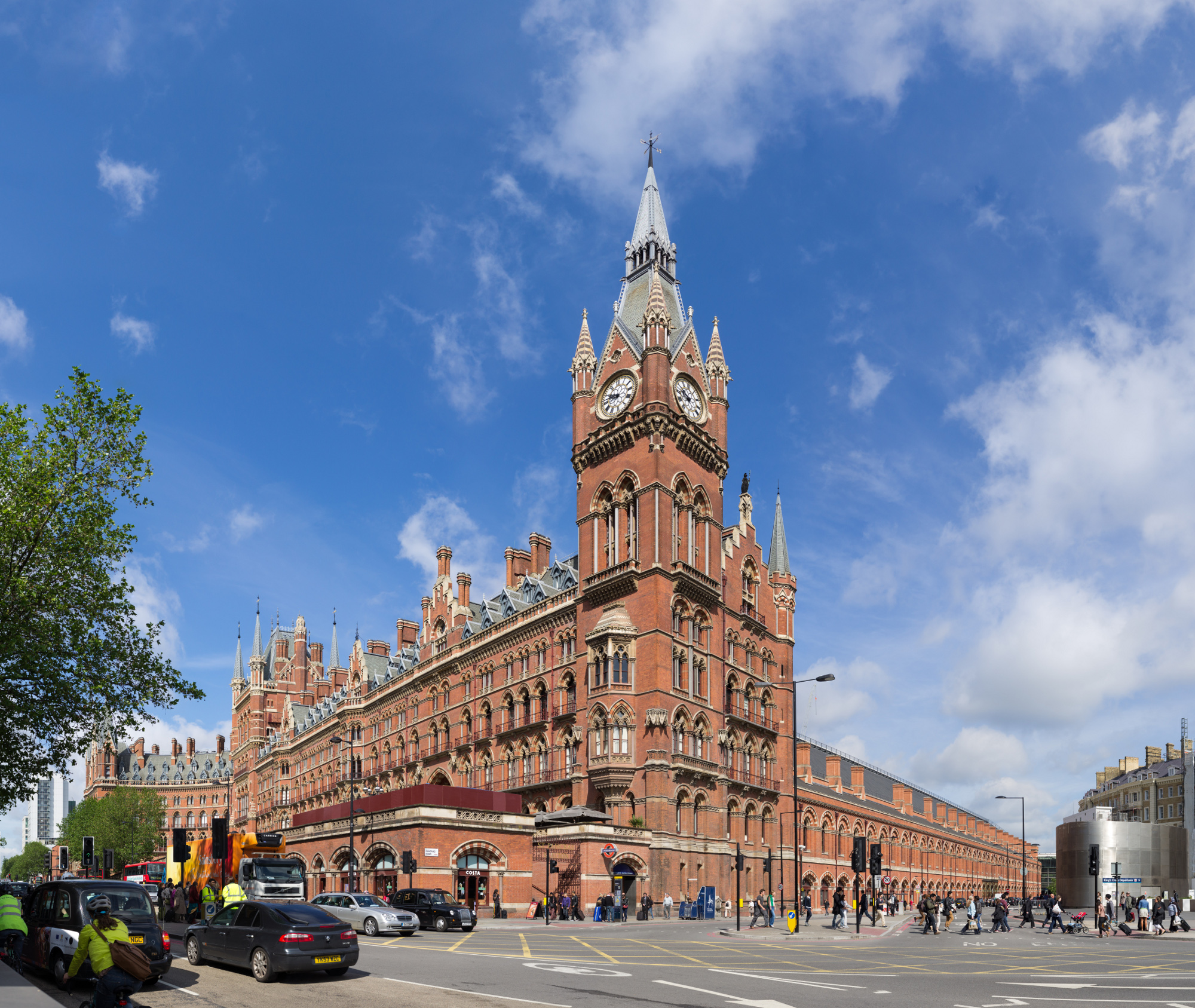
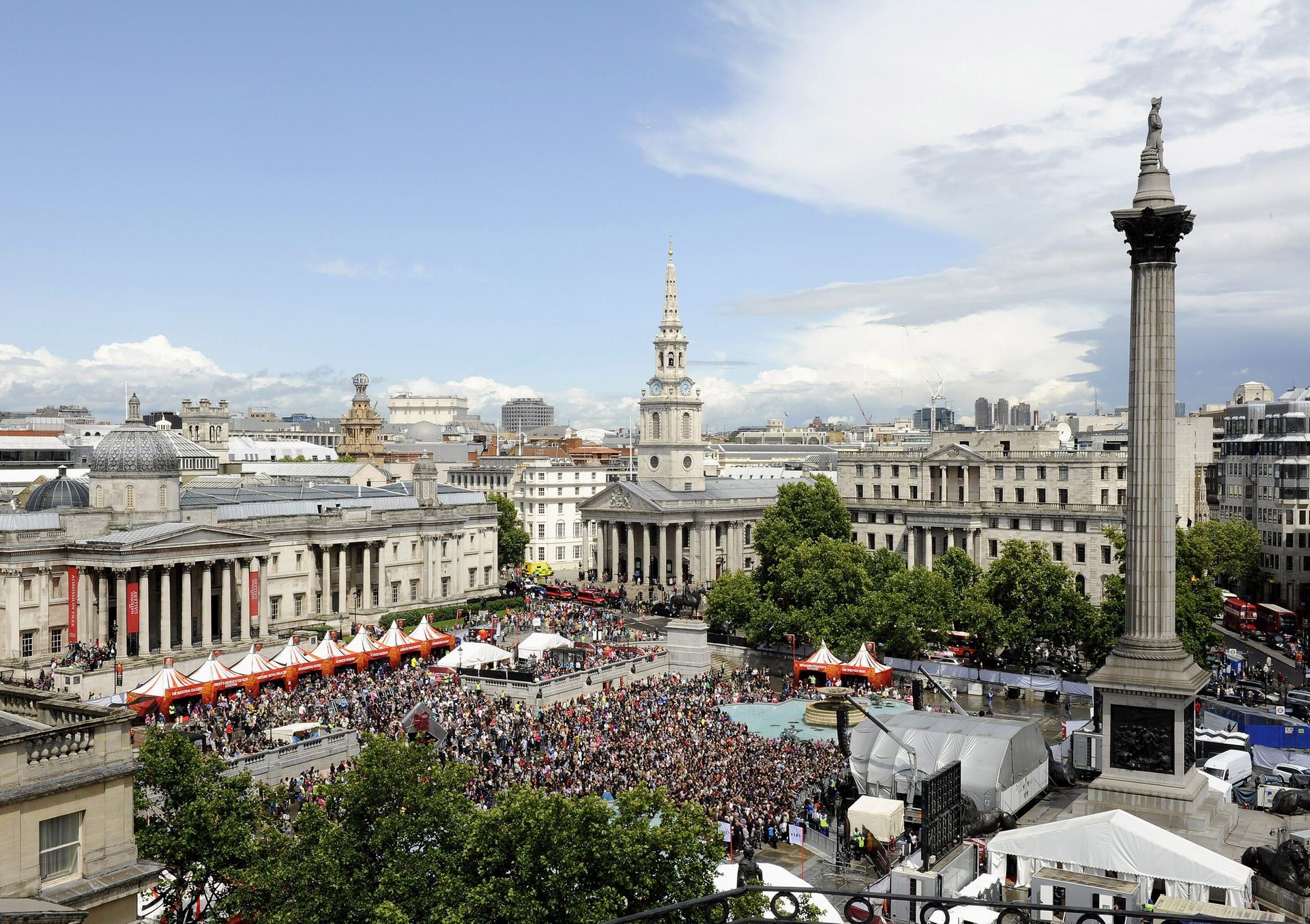

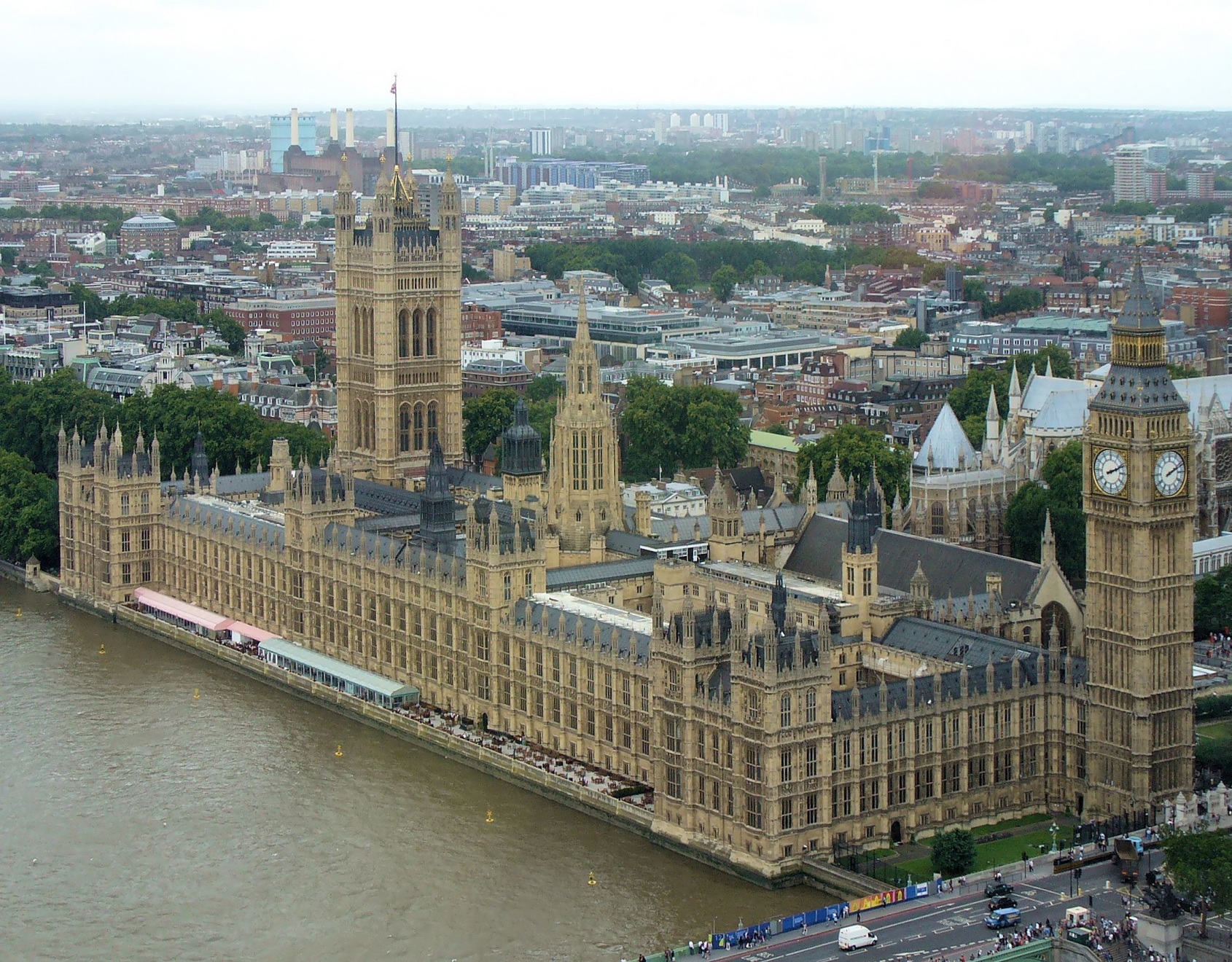
威斯敏斯特宫(英语:Palace of Westminster),又稱國會大厦(Houses of Parliament),位於英國倫敦西敏市,是英國國會(包括上議院和下議院)的所在地。西敏宮坐落在泰晤士河西岸,接近白廳範圍內的其他政府建築物。西敏宮是哥德復興式建築的代表作之一,1987年被列为世界文化遗产。西北角的钟楼就是著名的大本钟所在地。
该建筑包括约1,100个独立房间、100座楼梯和4.8公里长的走廊。尽管今天的宫殿基本上由19世纪重修而来,但依然保留了初建时的许多历史遗蹟,如威斯敏斯特厅(可追溯至1097年),今天用作重大的公共庆典仪式,如国葬前的陈列等。
威斯敏斯特宫及周边区域的掌控权几个世纪以来属于英王的代理:掌礼大臣。1965年,通过与王室达成协议,上下两院获得控制权。但也依然有个别纪念厅室继续由掌礼大臣管理。
在1834年發生的火災幾乎將西敏宮完全燒毀,今天的宫殿于1830年代开始由建筑师查尔斯·巴里爵士和他的助手A.W.普金设计完成,并在此后进行了30余年的施工。该方案也将威斯敏斯特厅和圣斯蒂芬堂遗蹟也纳入其中。进入20世纪,威斯敏斯特宫进行过陆续的修缮,二战期间,曾遭到德军轰炸,部分建筑结构受损,此后又陆续进行过维修和小规模的结构调整。今天既是英国政府机构的代表建筑,也是伦敦当地一处著名的旅游景点。





